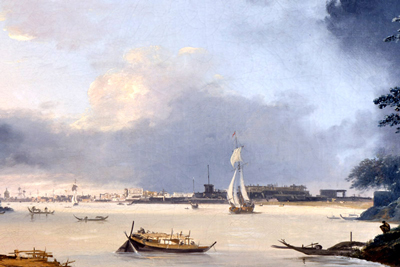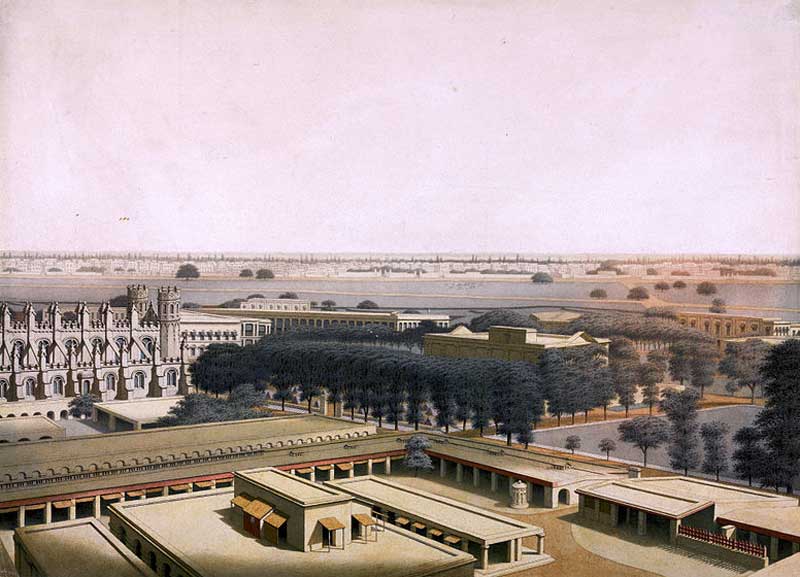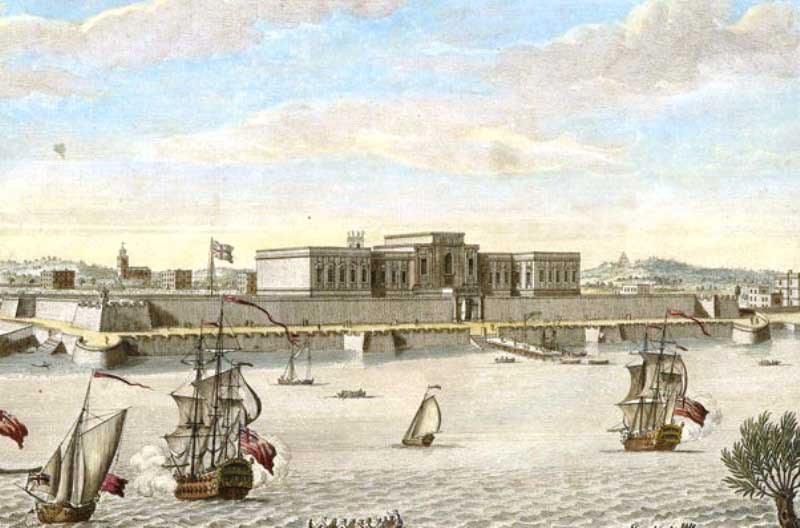
The Fort Williams College, also called the College of Fort William and named after King William III, was founded by Lord Wellesley, the then Governor General of British India, on July 10, 1800 to train the Civil Servants locally.
Since the administrative work involved interaction with the local Indians, the college was established with the idea to foster the British officials in learning the Indian languages and to make them acquainted with the Oriental culture, tradition, law and administration for better coordination in the governance.
However, the law to establish the foundation of such an institution was passed on 4 May 1800, to commemorate the first anniversary of the victory over Tipu Sultan at the decisive battle of Srirangapatnam in 1799, when Tipu was killed by the British forces led by Lord Wellesley.

In the beginning, the college was set up within the Fort campus and after some time was shifted to the Writers’ Buildings on the northern side of the Tank Square. Finally, it shifted to a leased building located at the corner of Council House Street, which was subsequently occupied by Messrs. Mackenzie Lyall & Co and the building came to be known as the Exchange Building. Later, the building also housed the offices of Bengal Nagpur Railway.

Fort William College, which was basically established to train the British officials in Indian languages, gradually became a study and research centre. Teaching of Asian languages dominated the priority list. Arabic, Urdu, Persian, Sanskrit, Bengali, Marathi and later, even the Chinese language were added. Each department of the college was properly equipped with notable scholars. Neil B Edmonstone, the Persian translator to the East India Company's government since 1794, headed the Persian department. John H. Harington, a judge of Sadar Diwani Adalat and Francis Gladwin, a soldier and later a diplomat, were engaged as his assistant teachers. John Borthwick Gilchrist, a reputed Indologist, was in charge of Urdu language and Henry Thomas Colebrooke, the famous Orientalist, was head of the Sanskrit department. The Arabic department was entrusted to Lt John Baillie, while William Carey, a non-civilian missionary and a specialist in many Indian languages, was selected to head the department of vernacular languages. It should be mentioned here that, under the leadership of William Carey, the Sanskrit Pundits and Persio-Arabic Munshis of the college, reshaped Bengali prose. Initially the College did not have a proper library, hence for teaching purposes, the officials accumulated a library of old manuscripts, collected from all over South Asia and added multiple copies of its own imprints.
Apart from the teaching staff, the college also employed more than one hundred local linguists and lots of books were translated from Sanskrit, Arabic, Persian, Bengali, Hindi, and Urdu into English at the instance of the Institution.
After Fort William College, the foundation of the Calcutta Madrassa in 1781and Asiatic Society in 1784 completed the first phase of Calcutta’s emergence as an intellectual centre.
However, the British East India Company was reluctant to continue the Fort William College in Calcutta and in 1807 they established a separate training college named the East India Company College in Haileybury, England. Subsequently, as the British was settling down in the seat of power in India, their requirements also changed. In 1935, Lord William Bentinck announced his educational policy of public instruction mostly to cater to the growing needs of administration and commerce. He clipped the wings of Fort William College and finally, the curtain was drawn in 1854, when the Dalhousie administration formally dissolved the institution and the magnificent collection in the library of the College was shifted to the newly formed Calcutta Public Library, now the National Library.
